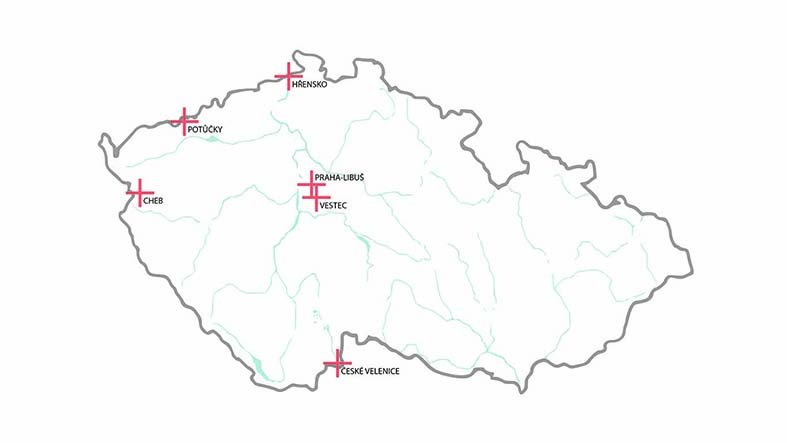Thu Huong Pham studied architecture and urban planning at the Faculty of Architecture of the Czech Technical University in Prague. During her master's studies, she was at exchange programs at UA in Antwerp and NTUT in Taipei, where she worked on projects dealing with the issue of neighbourly relations. She did an internship at the AllesWirdGut studio in Vienna. She currently cooperates with the studio Projektil architekti, where her main focus is put on public space and civic buildings.
In her diploma thesis, she focused on the revitalization of the business centre Sapa. The work dealt with the vision of the development of this area with a connection to the new metro station D and, especially, the inclusion of this locality from both an urban and socio-economic point of view. In a broader scope, she put her effort into the phenomenon of the Vietnamese minority in the Czech Republic. Based on her diploma thesis, she created a dialogue with the business management of Sapa, but also with the city for possible future development. She keeps working on this research in her doctoral studies as well, where she is currently interested in the coexistence of Vietnamese and Czechs in an intercultural (public) environment.
THE COEXISTENCE OF VIETNAMESE AND CZECHS IN AN INTERCULTURAL (PUBLIC) ENVIRONMENT.
This research deals with the present-day topic of migration, which increasingly affects the urban environment and thus generates new issues important for urban and regional development planning. It focuses in more detail on the Vietnamese minority in the Czech environment, due to the high cultural distance between the majority and the minority. The Vietnamese minority is the third largest group of foreigners in the Czech Republic, and according to the 2021 census, 54 184 people were registered for Vietnamese citizenship, but their actual number was estimated to be a third higher. The number of members of the Vietnamese community has been increasing since the 1960s, when the agreement on scientific and technical cooperation was signed.
In more detail, the research deals with intercultural public spaces within a municipality with a high number of the Vietnamese minority. This kind of space should reflect Vietnamese culture and at the same time create activities in the urban space that will support mutual intercultural relations between the minority and the majority. This process will start the interactions. The research aims to support neighbourly relations and help the ethnic group to participate in social life through architectural-artistic interventions.
